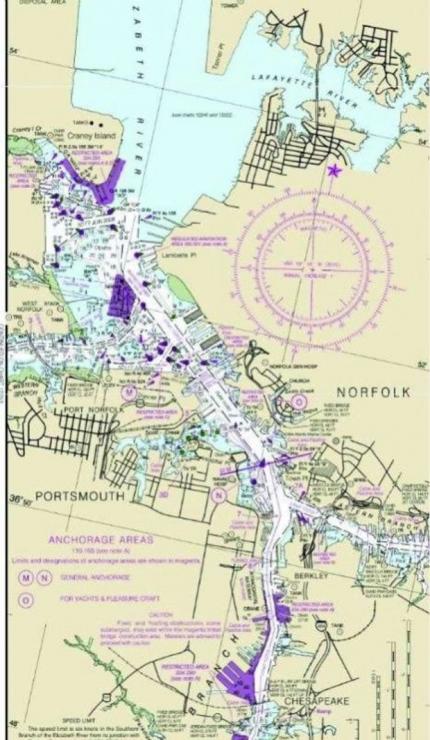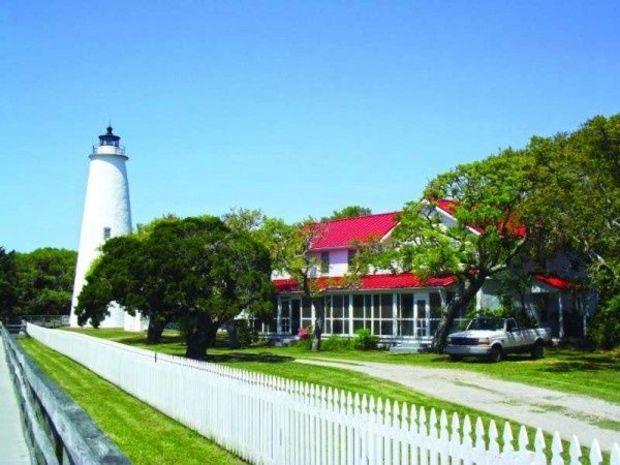
The average boat engine will be run a little over 100 hours in a typical boating season. If you are planning to take your boat down the Intracoastal Waterway (ICW) for the winter, you will put the equivalent of six to eight normal seasons of use on your boat and systems before you get back home. Before you start, here are details to cover.
- The one way run to Florida is about equivalent to one season of use. Start with an oil change even if it is not yet due; that way you do not have to address this along the way.
- Spares. Everyone has their own idea of what spares to have aboard. Recent experience with cruisers indicates that on long cruises, seawater pump failures were more common than impeller failures. If your engine has more than 1000 engine hours, the seals are getting tired and the cam is wearing out of shape. Have a spare sea water pump on hand.
- The battery terminals and other high load connections must be clean and dry. Disassemble, clean, and grease the battery terminals. Check and clean as necessary all other heavy load connections such as bow thruster and anchor windlass electrical connections.
- Have a backup electronic charting system. PC navigation, iPad, or even the small screen of a smart phone will give you important redundancy in this system.
- Learn your radio. Most VHF marine radios have the ability to monitor two or more channels. Set yours up, and learn how to operate it (see page TK). As you head south, you will have to monitor channel 16, plus the bridge traffic channel, plus channel 13 for communicating with ships. You will be glad to have channels 68 and 72 programed into the radio so you can quickly switch to a working frequency. Many cruisers find that having a handheld radio tuned to channel 16 is helpful in monitoring the hailing frequency while you are on the communications channel with a bridge tender. You might just forget to go back to 16 on the ships radio.

- The boat name should be visible from 100 yards astern. If the name is on the side of your boat, then make a banner with the name on it that you can display across your stern rails. This is no place for fancy fonts; to be read at a distance through binoculars, write the name in a simple font.
- Stabilized binoculars are available for about $400. They are well worth it when you are trying to see a distant navigational aid in poor lighting, to read the contact information on a bridge, and to see the name of the vessel passing you.
- Understand the “slow pass.” In this dance, the slower boat has to take the lead. The name must be visible. The radio must be on channel 16, and it must be monitored. As the faster boat gets to the stern of the slower boat, the slower boat must drastically reduce speed to about one knot.
- Learn how to dim your electronics for night operation. You will at some point have to run late in the day. Entering a river entrance, creek, or harbor at dusk is not a good time to try and figure how to dim the equipment to maintain your night vision.

- Use your boat! Most problems are encountered in the first week of the trip. Often boat owners are so focused on preparing that they fail to practice. A couple of weeks before your departure, take a cruise and run the systems hard. Run the engine at high cruising RPM for a full day or two. Load up your icebox with water bottles to be sure they freeze in an acceptable time frame. Anchor in deep water or at least anchor with all of your scope out in a high-current location. Then, work with your crew to retrieve the anchor. This tests the windlass, but also the foredeck crew and the driver have to be able to communicate with each other. Be sure you have a good clear system of hand signals to communicate as the anchor is retrieved.
- Make up a boat card. You will meet a lot of new cruising friends, and you will cross wakes with them repeatedly before you get back to your home slip.
by Tom Hale The average boat engine will be run a little over 100 hours in a typical boating season. If you are planning to take your boat down the Intracoastal Waterway (ICW) for the winter, you will put the equivalent of six to eight normal seasons of use on your boat and systems before you get back home. Before you start, here are details to cover.
The average boat engine will be run a little over 100 hours in a typical boating season. If you are planning to take your boat down the Intracoastal Waterway (ICW) for the winter, you will put the equivalent of six to eight normal seasons of use on your boat and systems before you get back home. Before you start, here are details to cover.

